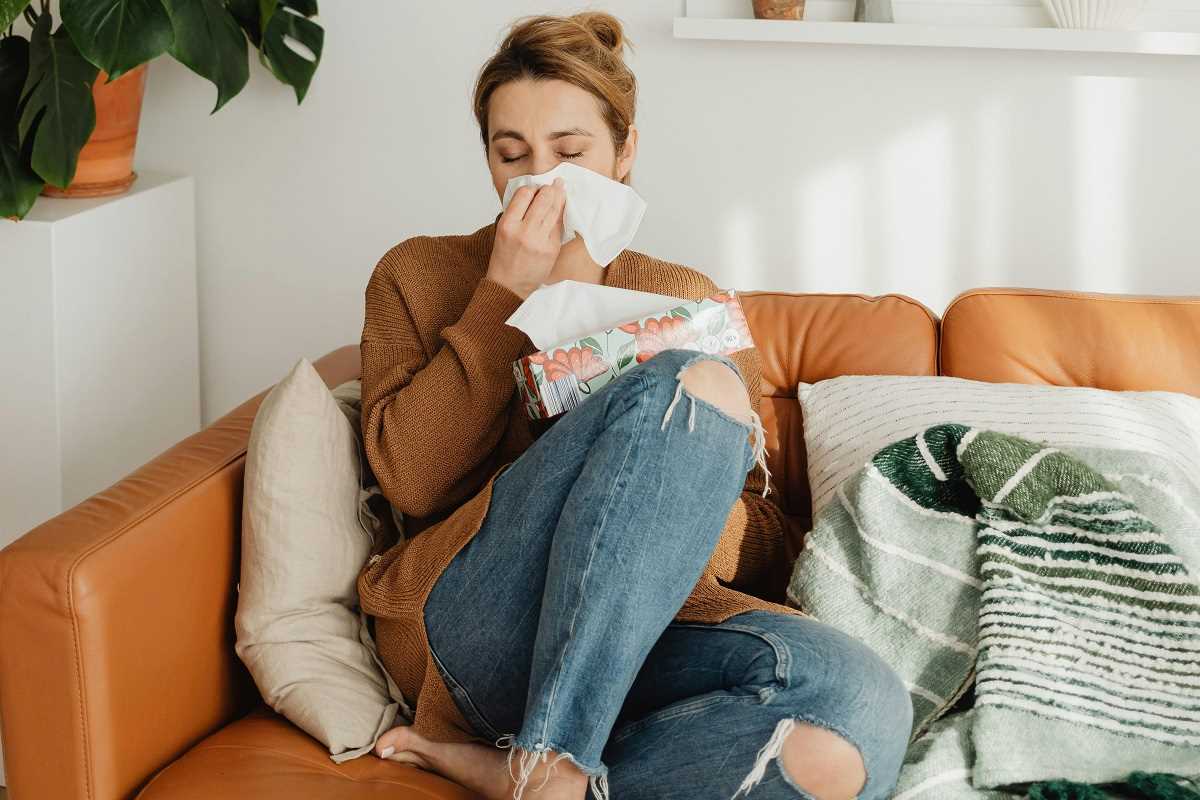Seasonal changes are exciting, with blooming flowers in spring or cozy nights in autumn. But for allergy sufferers, these transitions often come with sneezing, itchy eyes, and discomfort. Pollen in spring, mold in fall, and dust mites all year round can make life unpleasant. However, by being proactive, you can create a comfortable, allergy-free environment in your home. Here’s how to tackle common allergens and keep your space healthy.
Understanding Common Allergens
To fight allergens, it helps to know the main culprits lurking in your home:
- Pollen: Pollen is a common allergen that peaks during spring and summer but can still sneak inside during other times of the year. It clings to clothing, hair, and shoes, easily spreading indoors.
- Dust Mites: These microscopic pests thrive in bedding, upholstered furniture, and carpets. They feed on dead skin cells and their waste can trigger allergic reactions.
- Mold: Mold grows in damp areas like bathrooms, basements, or anywhere with poor ventilation. Its spores can irritate allergies and worsen respiratory conditions.
- Pet Dander: If you have pets, dander (tiny bits of fur and skin) becomes another common source of allergens. Even hypoallergenic breeds leave behind some dander.
- Indoor Air Pollutants: Chemicals from cleaning products, scented candles, or air fresheners can also irritate sensitive individuals.
Now that we’ve identified the problem makers, here’s how to fight back.
Regular Cleaning Routines
A clean home is the first line of defense against allergens. Here’s how to approach it step by step:
1. Vacuum Frequently
Carpets, rugs, and upholstered furniture can trap pollen, pet dander, and dust mites. Use a high-efficiency particulate air (HEPA) filter vacuum cleaner to capture these tiny particles. Vacuum at least twice a week, and don’t forget hard-to-reach places.
2. Wash Linens Regularly
Dust mites love bedding, so wash sheets, pillowcases, and blankets in hot water (at least 130°F) weekly. For extra protection, use dust mite-proof covers on mattresses and pillows.
3. Declutter
Dust tends to accumulate on knick-knacks and unnecessary decorations. Minimize clutter to make dusting easier and keep surfaces clean. Wipe down furniture with a damp cloth to avoid spreading dust particles.
4. Deep Clean Carpets
If you have wall-to-wall carpeting, consider professional deep cleaning at least once a year. Alternatively, replace carpeting with hardwood or tile flooring, which is easier to clean and less likely to trap allergens. Use washable area rugs instead.
5. Don’t Forget Window Coverings
Curtains and blinds collect dust and pollen. Wash fabric curtains monthly or swap them out for shades or blinds, which can be wiped clean.
Managing Indoor Air Quality
The air you breathe indoors can quietly influence allergies. Improve its quality using these tips:
1. Use HEPA Air Purifiers
Invest in a quality air purifier with a HEPA filter for bedrooms and living spaces. These devices trap allergens like pollen, dust, and pet dander, making the air cleaner to breathe.
2. Open Windows Strategically
While fresh air is nice, it’s also a common way pollen enters your home. During high-pollen times (morning and early afternoon), keep windows closed and rely on air conditioning or fans. Open windows in the late evening or after it’s rained to minimize exposure.
3. Change HVAC Filters
Replace your heating, ventilation, and air conditioning (HVAC) filters regularly. Choose filters designed to trap allergens for even better results. Aim to change them every 2–3 months or more often during allergy season.
4. Avoid Strong Chemicals
Opt for natural, non-toxic cleaning supplies to reduce indoor air irritants. Skip scented candles or heavily perfumed sprays, which can exacerbate allergies.
Controlling Humidity
Mold and dust mites thrive in moist environments. Managing indoor humidity is key to preventing growth.
1. Use a Dehumidifier
Keep your home’s humidity level between 30% and 50%. Use a dehumidifier in damp areas, such as basements, to prevent mold.
2. Fix Leaks and Drips
Repair plumbing leaks promptly and ensure sinks, showers, and tubs are dry after use. Standing water leads to mold growth quicker than you might think.
3. Ventilate Bathrooms and Kitchens
Run an exhaust fan or open windows during showers or while cooking to reduce moisture buildup.
Hypoallergenic Materials
The materials you use around the home can also make a difference when it comes to minimizing allergens.
1. Choose Allergy-Friendly Bedding
Swap out feather or down pillows and comforters for hypoallergenic options made of synthetic materials. These materials are less likely to harbor dust mites or trigger allergic reactions.
2. Avoid Furry or Wooly Fabrics
Thick, fuzzy textiles can trap allergens. Opt for smooth materials like leather or tightly woven fabric for furniture and décor.
3. Replace Rugs with Washable Options
Area rugs are easier to maintain than wall-to-wall carpeting. Choose washable rugs that can be thrown in the laundry every couple of weeks.
4. Paint with Low-VOC Products
When repainting indoor spaces, choose paints labeled low-VOC (volatile organic compounds). These are less likely to release harmful fumes into the air.
Seasonal Preparations
Each season comes with unique allergy triggers. Tackle them head-on with these strategies:
Spring
- Set up an entryway station for shoes and jackets to prevent tracking pollen inside.
- Clean outdoor furniture and patio areas regularly to remove pollen buildup.
Summer
- Keep windows and doors closed when mowing the lawn or during dry, windy weather to limit pollen exposure.
- Change your HVAC filters frequently to accommodate increased air conditioning use.
Fall
- Rake and bag fallen leaves promptly to avoid mold buildup in the yard.
- Wash and dry summer items—like umbrellas or outdoor furniture cushions—before storing them to prevent mold.
Winter
- Dust more often during winter months to tackle indoor allergens, as windows stay closed and airflow is reduced.
- Check your home for cold-weather leaks, as they encourage moisture buildup and mold growth.
Keeping your home allergy-free during changing seasons takes effort but is well worth it for a healthier, more comfortable living environment. By cleaning regularly, improving air quality, and taking extra precautions during peak allergy seasons, you can reduce allergens significantly.
Start small by vacuuming more often, washing your bedding, or adding an air purifier. Over time, these habits will add up to create a home that feels fresh and supportive of your well-being. With these strategies, you can breathe easy and enjoy every season—minus the sneezes!






.jpg)
.jpg)